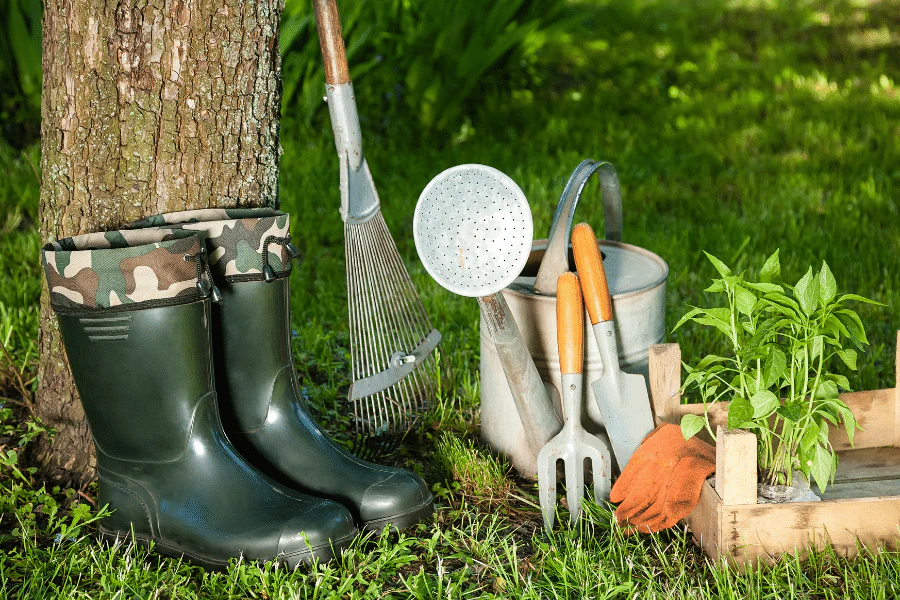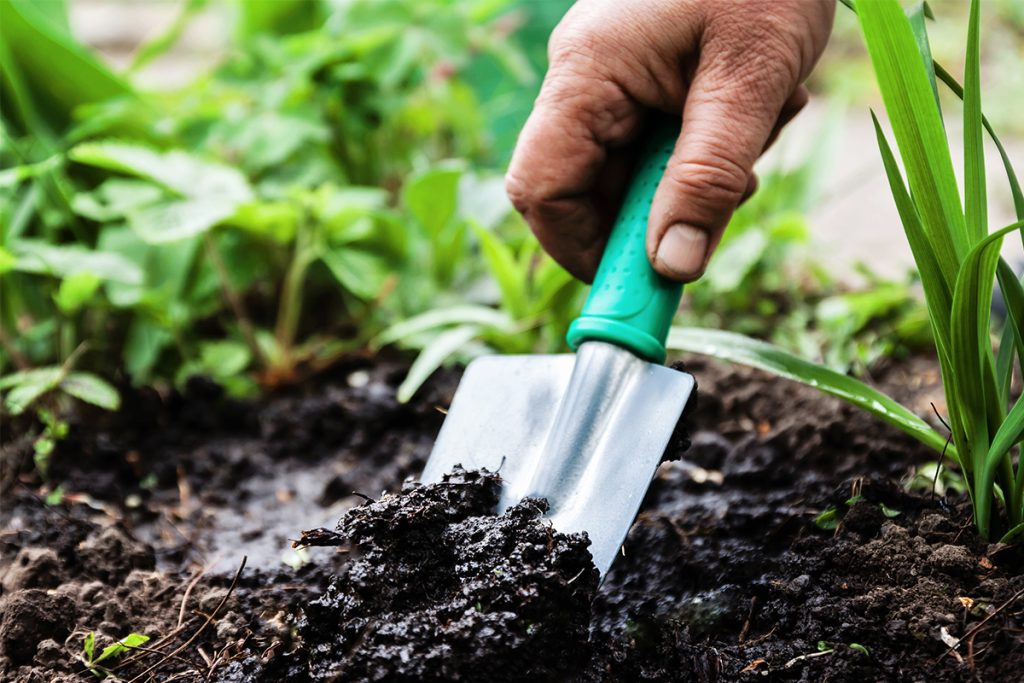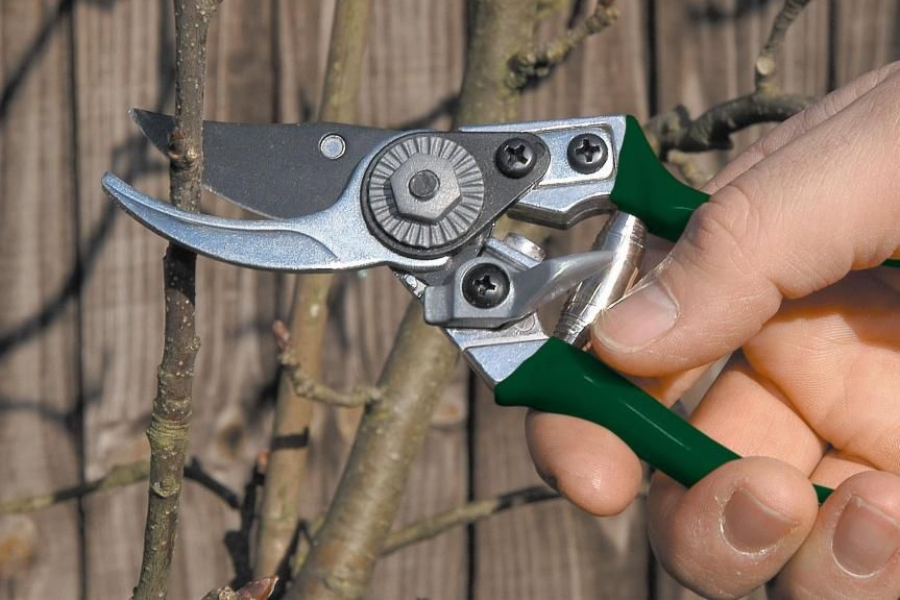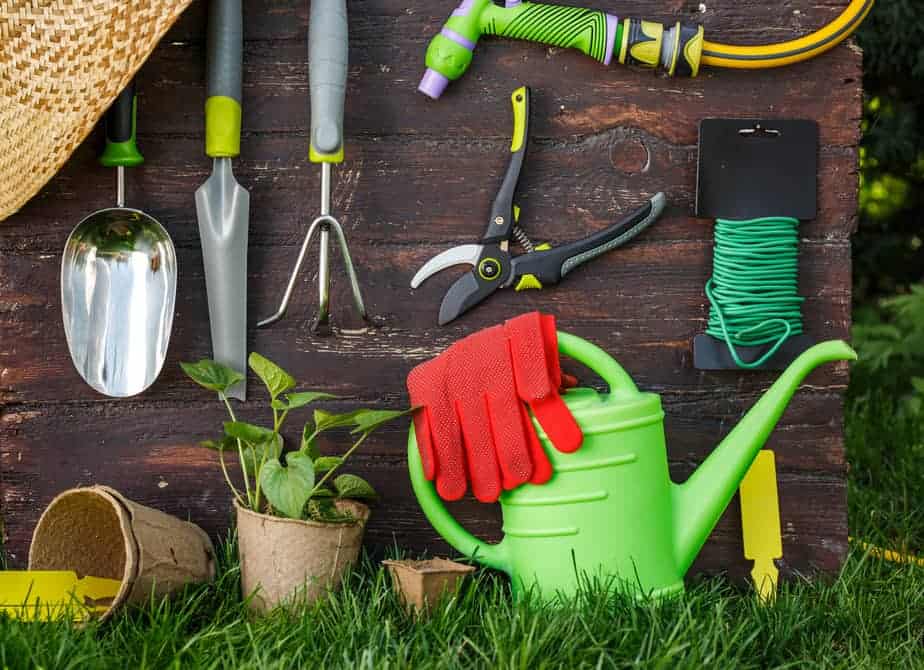
Starting a garden can be one of the most rewarding hobbies you’ll ever take up. Whether you’re growing vegetables, herbs, or flowers, gardening allows you to connect with nature, reduce stress, and beautify your surroundings. However, before you dig into the soil, it’s important to have the right tools to make your gardening experience easier, more efficient, and more enjoyable. Having the proper tools not only saves time and effort but also helps you take better care of your plants. Here’s a list of essential gardening tools every beginner should have.
1. Hand Trowel

A hand trowel is one of the most basic yet indispensable gardening tools. It’s perfect for digging small holes, transplanting seedlings, and removing weeds. Choose a sturdy trowel with a comfortable handle and a stainless-steel blade to prevent rust. A good hand trowel allows you to plant bulbs, herbs, or bedding plants with precision and minimal soil disturbance. For added comfort, pick one with an ergonomic handle to reduce wrist strain during long gardening sessions.
2. Garden Gloves
Gardening may seem peaceful, but it can be tough on your hands. Thorns, splinters, and rough soil can easily cause cuts and irritation. That’s why a pair of quality garden gloves is a must-have. Look for gloves made from breathable, flexible materials that allow you to grip tools easily while protecting your skin. Leather gloves are great for heavy-duty tasks, while cotton or nitrile-coated gloves work well for light planting and weeding.
3. Watering Can or Hose
Plants need regular watering to thrive, so a reliable watering tool is essential. If you have a small garden or indoor plants, a watering can with a long spout offers better control and prevents overwatering. For larger gardens, invest in a hose with an adjustable nozzle or a spray gun that lets you control the water flow and pressure. A soaker hose or drip irrigation system can also be a great investment for conserving water and ensuring even moisture distribution.
4. Pruning Shears (Secateurs)

Pruning shears, also known as secateurs, are vital for trimming plants, removing dead growth, and shaping shrubs. Regular pruning encourages healthy plant growth and prevents diseases. Look for sharp, high-quality blades that make clean cuts without crushing stems. Bypass pruners are ideal for live plants, while anvil pruners work well for cutting dry or woody stems. Keep your pruners clean and sharp to make gardening easier and more effective.
5. Garden Fork
A garden fork is designed for turning soil, breaking up compacted dirt, and mixing compost or fertilizer into the soil. It’s especially useful for preparing new garden beds and aerating heavy clay soils. Stainless steel forks are durable and rust-resistant, while wooden handles offer comfort and strength. For smaller spaces or container gardening, a hand fork may be a better option.
6. Spade or Shovel
No garden toolkit is complete without a sturdy spade or shovel. These tools are essential for digging larger holes, edging garden beds, and moving soil, compost, or mulch. A square-headed spade works well for cutting through sod and creating clean edges, while a rounded shovel is better for scooping and lifting soil. Choose one with a strong handle and a sharp blade to make digging less strenuous.
7. Garden Rake
A garden rake is useful for leveling soil, removing debris, and spreading mulch. There are two main types: a leaf rake, which has flexible tines ideal for collecting leaves and light debris, and a bow rake, which has rigid metal tines designed for heavier work like spreading soil or gravel. Beginners will benefit from having both types, but if you must choose one, start with a bow rake for its versatility.
8. Wheelbarrow or Garden Cart

As your garden grows, you’ll need a way to move soil, compost, plants, and tools efficiently. A wheelbarrow or garden cart can save your back and time. A single-wheel barrow is great for maneuverability, while a two-wheel model offers better stability on uneven ground. If your garden is small, a collapsible cart or bucket can serve the same purpose.
9. Garden Hoe
A hoe is particularly useful for weeding and preparing garden beds. It helps loosen soil and remove unwanted plants before they take root. There are different types of hoes, such as the draw hoe for heavy soil and the scuffle hoe for lighter weeding tasks. Beginners often find the scuffle hoe easiest to use because it requires less bending and effort.
10. Garden Kneeler or Pad
Gardening often involves kneeling for extended periods, which can strain your knees. A garden kneeler or foam pad provides comfort and support, reducing discomfort and fatigue. Some kneelers even double as seats, allowing you to work comfortably while tending to lower plants or pots.
Final Thoughts
Starting a garden doesn’t require a massive investment in tools, but having the essentials makes a world of difference. As you gain experience, you’ll naturally expand your collection to suit your gardening style and needs. The key is to invest in durable, comfortable tools that will last for years and make your gardening experience more enjoyable. With these essential tools by your side, you’ll be well on your way to growing a thriving and beautiful garden.
